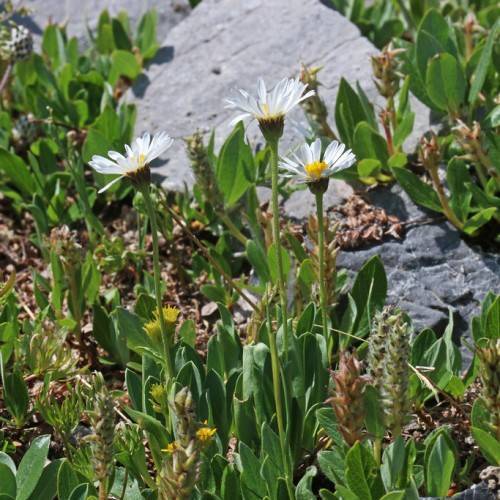
Early Anemone
Anemone multifida var. multifida
Also Known As - Cut Leaved Anemone,Pacific Anemone,Hudson Bay AnemoneWatering:
Average
Hardiness Zone:
Flowers:
Flowers
Sun:
Sun, Partial Shade, Shade
Soil:
Sand, Loam
Leaf:
Yes
Growth Rate:
Low
Drought Tolerant:
Yes
Salt Tolerant:
Yes
Thorny:
Yes
Invasive:
Yes
watering
The Early Anemone (Anemone multifida var. multifida) should be watered just enough to keep the soil moderately moist. The plant should be watered when the top layer of soil feels dry to the touch, usually once or twice a week. In the summer, you may need to water the plant more frequently, and during periods of extreme heat, it may be necessary to water the plant 3 to 4 times a week. In the winter, you should water the plant less frequently, only when the soil feels dry. For best results, water the Early Anemone in the morning with tepid water, and avoid getting the foliage wet.
sunlight
Early Anemone prefers full sunlight to partial shade. It requires 3-4 hours of direct sunlight daily, as too much direct sunlight can burn its leaves and cause its flowers to fade. Place Early Anemone in a sunny spot in the morning, and ensure that the sun does not hit it directly during the hottest part of the day. During cold months, it is best to provide late morning to early afternoon sunlight that is not too intense.
pruning
The Early Anemone should be pruned in late autumn or early winter, when it is dormant. Prune the stems back to about half their height in late winter or early spring. This will encourage the plant to produce more later flowers, particularly near the base of the plant, and also promote a more bushy habit. Deadheading (removing spent flowers) can be done throughout the summer when needed. It is best to cut into the stem just above the leaf joint where a side stem is emerging. This will encourage further branching and a more compact plant.
